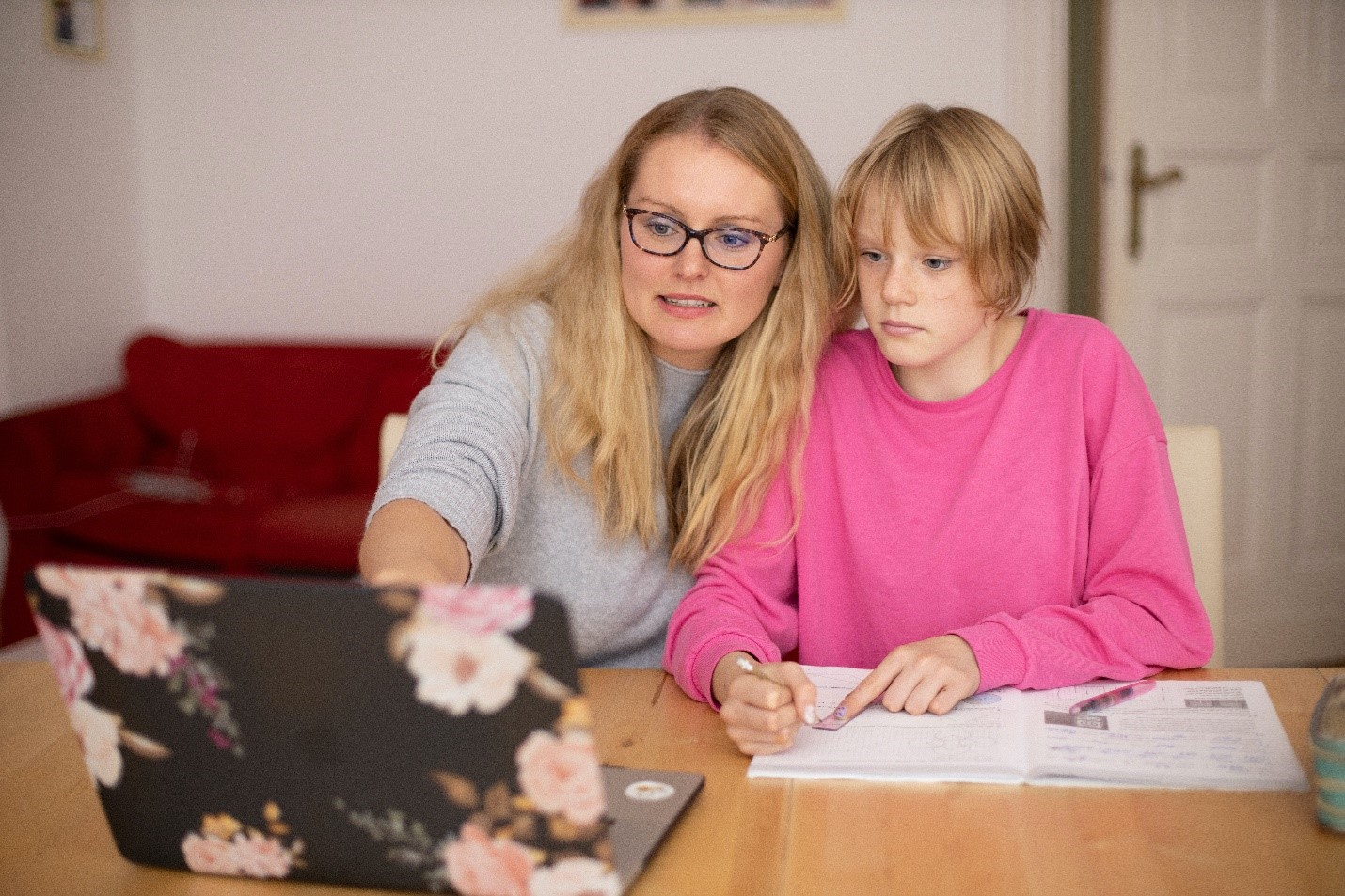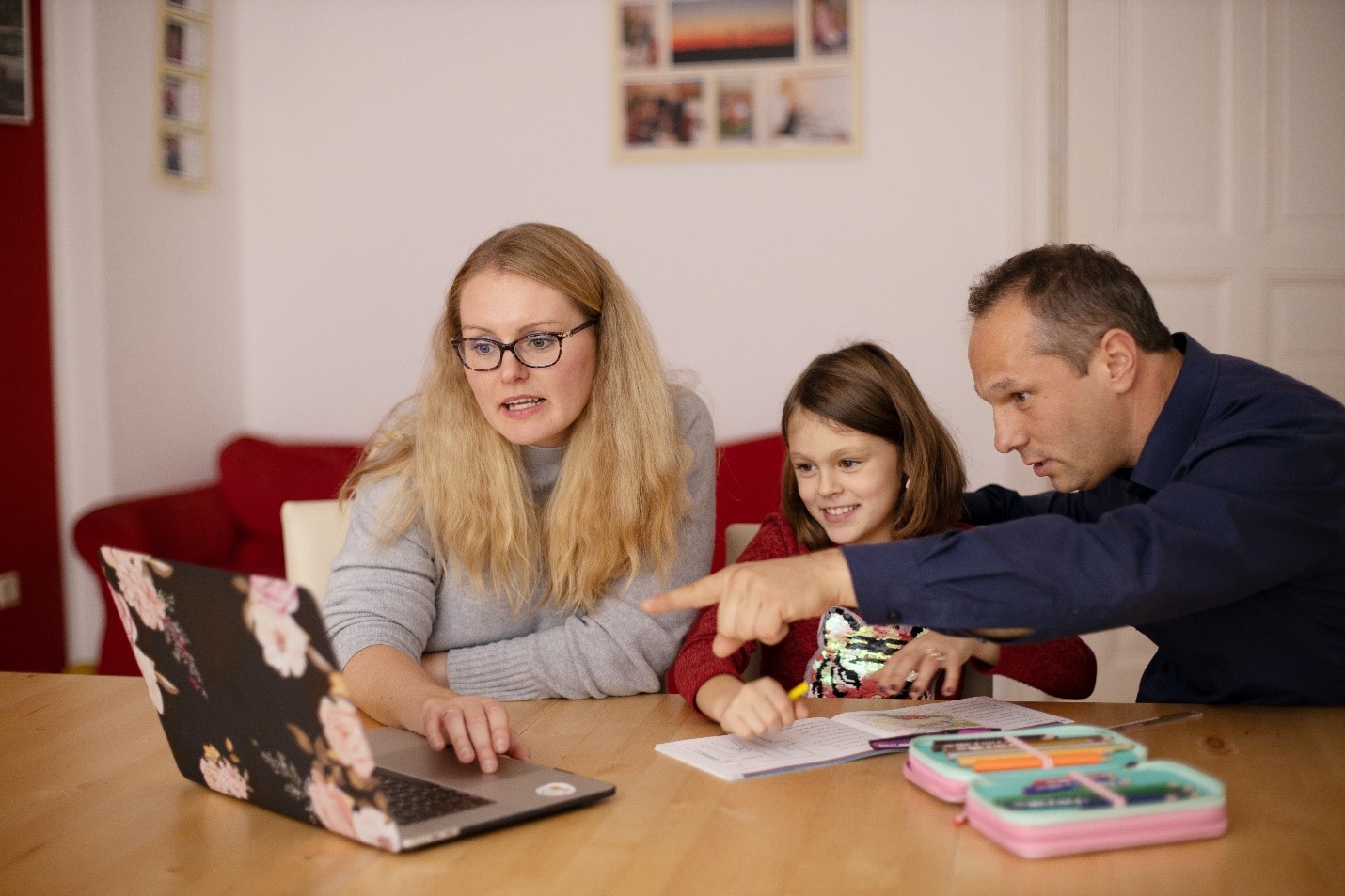Divorce is an unfortunate reality for many American families. As parents navigate this emotional journey, their primary concern is often the wellbeing of their children. One significant aspect of this is ensuring that children’s education is not disrupted by the transition between two households. This article aims to provide strategies that can help parents in the USA support their children’s educational journey during these challenging times.
The Impact of Divorce on a Child’s Education
Divorce can have significant effects on a child’s education. It can disrupt routines, create emotional distress, and shift the focus away from academics. This is particularly true when a child is transitioning between two households. The inconsistency and lack of a stable environment can negatively impact a child’s academic performance and emotional wellbeing.
Strategies for Supporting Educational Transitions
Supporting your child’s education during and after divorce requires patience, understanding, and effective communication. Here are some strategies that can help:
- Establish Consistent Routines: Regular schedules can provide a sense of security and normalcy for children during periods of change. This includes consistent wake-up times, meal times, homework times, and bedtimes, regardless of which parent’s house they are in.
- Create a Unified Parenting Plan: Both parents need to be on the same page when it comes to education. This includes agreement on school choice, homework habits, parent-teacher communication, and attendance at school events.
- Use Technology to Bridge Communication Gaps: Tools like the 2houses app can help divorced parents coordinate schedules, share school-related information, and maintain clear communication.
- Support Emotional Health: Emotional distress can interfere with academic performance. Be open and understanding, allow your child to express their feelings, and seek professional help if necessary.
Importance of Parental Cooperation
The success of educational transitions for children in divorced households largely depends on the level of cooperation between parents. This can be challenging, especially in the wake of a recent divorce. However, prioritizing the child’s needs and making efforts to maintain a peaceful co-parenting relationship can significantly reduce the impact of divorce on a child’s education.
Deep Dive into Strategies
The above mentioned strategies provide a roadmap for parents navigating their child’s education between two households. Let’s delve deeper into each of these strategies and understand their importance:
Establish Consistent Routines
Consistency provides a sense of security and predictability for children. During a tumultuous period like a divorce, this becomes even more critical. Here’s how you can maintain consistent routines:
Homework Routine: Designate a specific time and place for homework in each house. Make sure this space is quiet and free from distractions.
Reading Habit: Encourage a regular reading habit. This not only aids in their academics but also serves as a relaxing activity that can alleviate stress.
Bedtime Routine: Regular sleep is essential for a child’s physical health, emotional well-being, and cognitive function. Ensure a consistent bedtime routine is followed in both households.
Create a Unified Parenting Plan
A unified parenting plan is a written agreement where you and your ex-spouse commit to a set of guidelines about your children’s upbringing. A few points to consider:
- Education Goals: Discuss and agree on what educational goals you have for your children. This includes preferences for public or private schooling, college planning, and approach to handling academic challenges.
- Parent-Teacher Communication: Both parents should remain equally involved in their child’s academic life. This includes attending parent-teacher meetings, staying informed about school activities, and tracking academic progress.
- Homework and Study Approach: Make sure both parents have a consistent approach to homework and study time. This can include rules about TV or electronic device use, methods for assisting with challenging subjects, and incentives for good grades.
Use Technology to Bridge Communication Gaps
Technology can serve as a critical tool to streamline communication and coordination between two households:
Scheduling: Use tools like the 2houses calendar to coordinate schedules, track school events, and manage pickup and drop-off times.
Document Sharing: Share school reports, permission slips, and other important documents digitally. This ensures both parents have access to all necessary information.
Messaging: Use a dedicated messaging platform to discuss school-related matters. This keeps communication focused and reduces potential conflict.
Support Emotional Health
Supporting your child’s emotional health during a divorce is just as important as maintaining their academic routine. Here are a few ways to do this:
Open Communication: Allow your child to express their feelings about the divorce and the changes it brings. Be a good listener and reassure them that both parents love them unconditionally.
Counseling Support: Consider engaging a child therapist or counselor to provide professional emotional support and coping strategies.
Maintain Positivity: Keep a positive attitude towards your ex-spouse, especially in front of the children. This reduces their stress and helps them adjust more easily to the new living arrangements.
By delving deeper into these strategies, it’s evident that maintaining educational continuity for children in divorced households is a multi-faceted task. It requires effort, understanding, and cooperation from both parents. However, the result is well worth it, providing your child with a stable, supportive environment where they can thrive acadically. Remember, the goal is to make the transition as seamless as possible for your child, allowing them to focus on their education and personal growth.
Building a Support Network
In addition to the strategies mentioned above, it’s vital to remember that you don’t have to navigate this journey alone. Building a support network can provide additional assistance and resources during this challenging time:
Extended Family: Grandparents, aunts, uncles, and cousins can provide additional emotional support and assist with practical matters such as transportation to and from school.
Teachers and School Counselors: Keep them informed about your family situation so they can provide extra support and understanding at school.
Support Groups and Online Communities: Connect with other divorced parents who are going through similar experiences. They can offer advice, empathy, and encouragement.
Professional Help: Don’t hesitate to seek professional help if needed. This could include a family therapist, child psychologist, or a legal professional specializing in family law.
Conclusion:
Divorce is undoubtedly challenging, but with the right approach, it’s possible to minimize its impact on your child’s education. Remember, this is a journey of cooperation and understanding – both parents must work together to provide the best possible educational environment for their children. By doing so, you can ensure that your child continues to thrive acadically, despite the changes in their personal life.
We hope this guide has provided some helpful strategies for supporting children’s educational transitions between two households after divorce. For more advice on navigating the challenges of co-parenting, check out our other blog articles.










